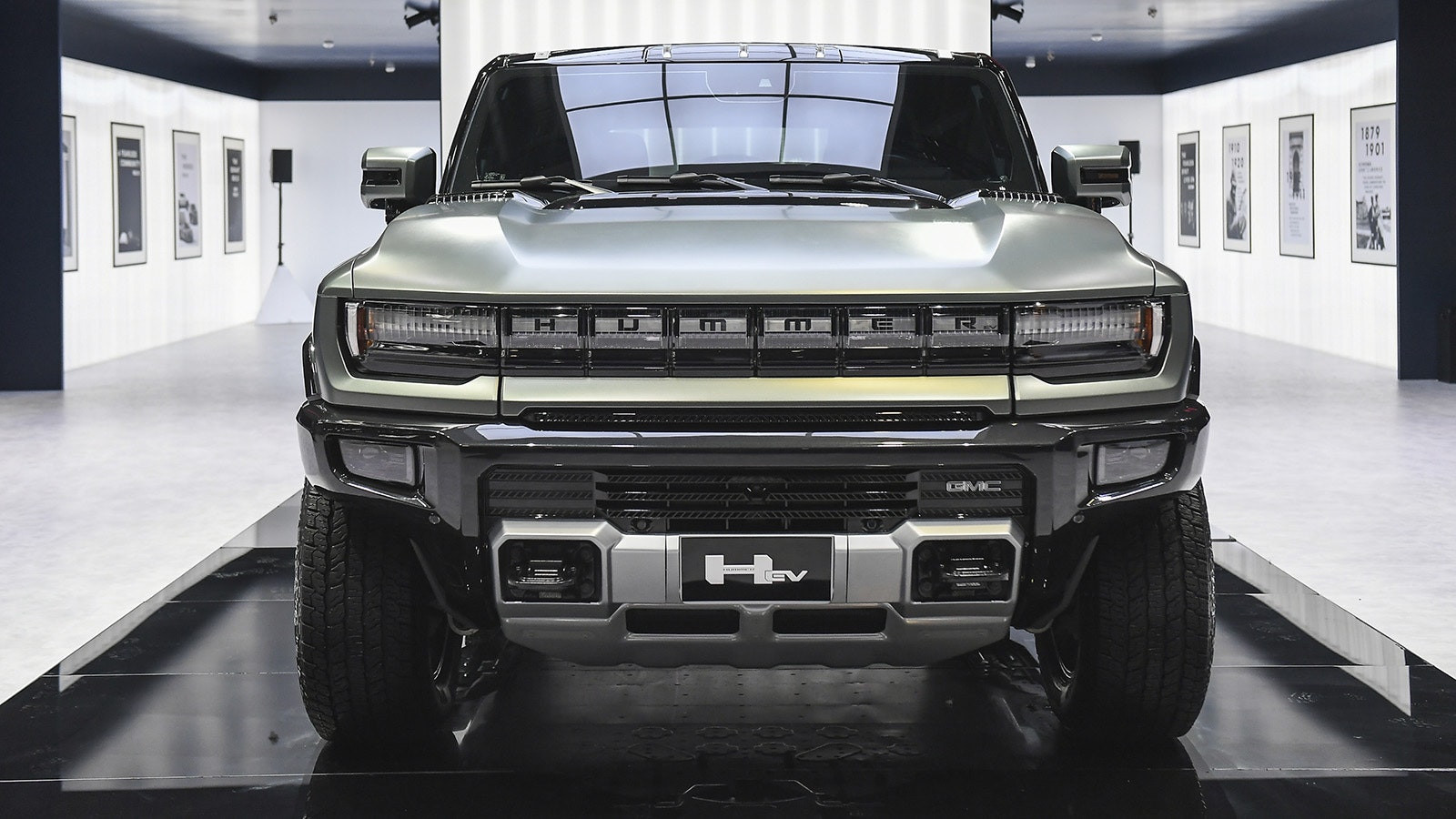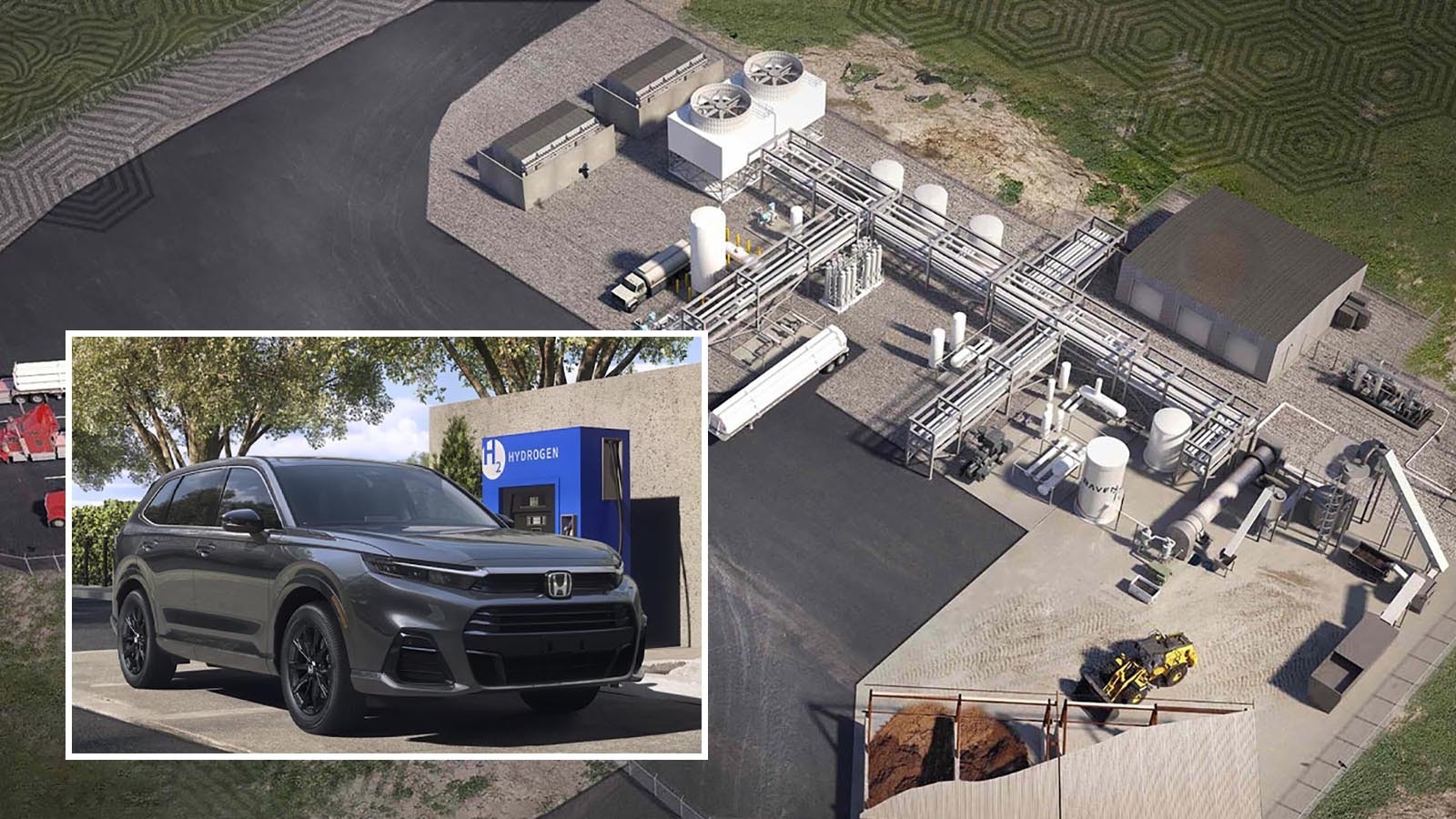What could make a car chase scene more thrilling than the criminals getting arrested because they have to stop at a charging station?
During the Super Bowl on Sunday, General Motors will unveil its new advertising campaign featuring Will Ferrell and other stars to announce the carmaker’s new partnership with Netflix. That includes placing GM’s electric vehicle lineup in the streaming service’s shows.
Typical Marketing
Vince Bodiford, publisher of TheWeekendDrive.com, said the partnership should come as no surprise.
“Product placement is nothing new in the auto industry. I think that Ford probably had the Edsel placed in lots of movies,” Bodiford joked, referring to the 1950s model that flopped spectacularly.
The company did find success when it placed the Ford Mustang in the 1968 flick “Bullitt,” starring Steve McQueen.
BMW paid to have some of its most expensive sports cars placed in the 2012 James Bond movie “Skyfall.” One of the flashy cars was destroyed, which probably sold a few units.
Bodiford said it’s a standard part of the marketing strategy for auto manufacturers.
“Car companies have deeper pockets. They see it as a really long commercial for their car,” Bodiford said.
If You Build It?
In 2022, EVs accounted for 5.8% of all new cars sold in the United States, up from 3.1% the year before.
Bodiford said that even though EVs still represent a small portion of new car sales, the Big Three manufacturers – General Motors, Ford and Chrysler — have decided to have 100% electric lines within two to five years.
He said they’ll likely pull it off.
“When automotive output says it’s going to do something, I reflect back to World War II, when Cadillac was making tanks in two months,” Bodiford said.
Now the question becomes, will they sell?
“If you’re making a million EV cars per year, but the market only wants to soak up 5% of them, you have a very serious problem,” Bodiford said.
It might be time to invest in an extra gas-powered pickup and wait for the supply to dry up.
EV Culture
Netflix and GM believe their marketing campaign will get consumers interested in General Motor’s EVs.
“Entertainment has a huge impact on culture. We want to make EVs famous on streaming, small and silver screens to build an EV culture through storytelling that incorporates the experiences of driving and owning an EV,” said GM Global Chief Marketing Officer Deborah Wahl in a statement on the partnership with Netflix.
According to the announcement, Netflix shows “Love is Blind,” “Queer Eye” and “Unstable” will feature the Chevy Bolt EUV, the electric GMC Hummer and the Cadillac Lyriq.
Netflix Chief Marketing Officer Marian Lee said that, “From the TikTok dance trends inspired by ‘Wednesday’ to thoughtful discussions about climate change with ‘Don’t Look Up,’ we know that entertainment can drive fandom and inspire connections.”
On My Watch
Promoting discussions on climate change by placing EV Hummers in Netflix shows might not go exactly as the companies hope.
President Joe Biden recently sparked a backlash when a photo of him in a Hummer EV was posted on his Twitter account. The photo’s caption read: “On my watch, the great American road trip is going to be fully electrified.”
Many have criticized the promotion of Hummer EVs because they actually produce more carbon dioxide than many gas-powered cars.
According to an analysis by Quartz, a Hummer EV produces about 276 grams of carbon dioxide per mile when charged on the average American power grid. A gas-powered Toyota Corolla, for comparison, produces 269 grams per mile.
The Hummer battery alone is heavier than the full weight of a Honda Civic. Then there’s the vehicle’s price tag, which is around $110,000.





